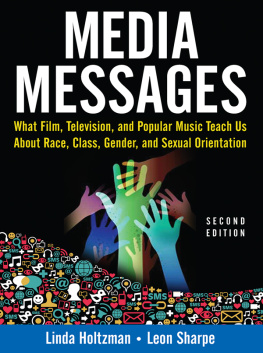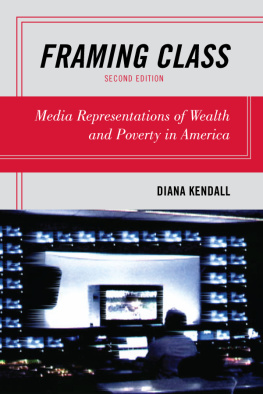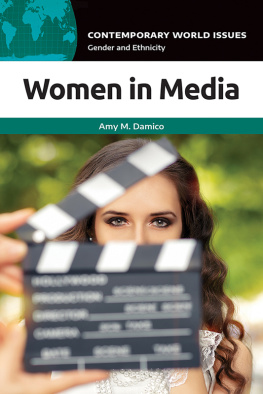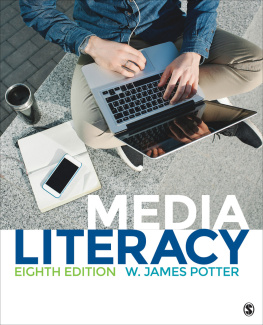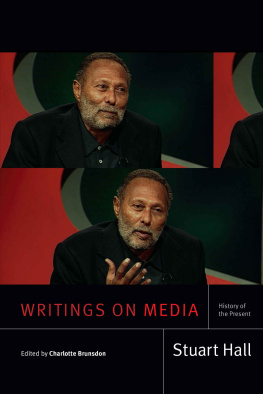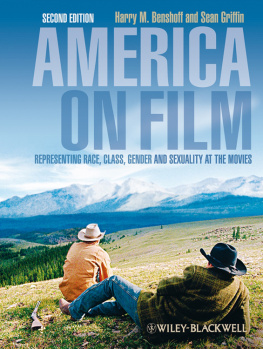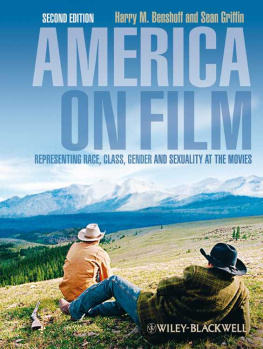First published 2014 by M.E. Sharpe
Published 2015 by Routledge
2 Park Square, Milton Park, Abingdon, Oxon OX14 4RN
711 Third Avenue, New York, NY 10017
Routledge is an imprint of the Taylor & Francis Group, an informa business
Copyright 2014 Taylor & Francis. All rights reserved.
No part of this book may be reprinted or reproduced or utilised in any form or by any electronic, mechanical, or other means, now known or hereafter invented, including photocopying and recording, or in any information storage or retrieval system, without permission in writing from the publishers.
Notices
No responsibility is assumed by the publisher for any injury and/or damage to persons or property as a matter of products liability, negligence or otherwise, or from any use of operation of any methods, products, instructions or ideas contained in the material herein.
Practitioners and researchers must always rely on their own experience and knowledge in evaluating and using any information, methods, compounds, or experiments described herein. In using such information or methods they should be mindful of their own safety and the safety of others, including parties for whom they have a professional responsibility.
Product or corporate names may be trademarks or registered trademarks, and are used only for identification and explanation without intent to infringe.
Library of Congress Cataloging-in-Publication Data
Holtzman, Linda, 1949
Media messages: what film, television, and popular music teach us about race, class, gender, and sexual orientation / by Linda Holtzman and Leon Sharpe; with Joseph Farand Gardner. Second edition
p. cm.
Includes bibliographical references and index.
ISBN: 978-0-7656-1756-9 (cloth : alk. paper)ISBN: 978-0-7656-1757-6 (pbk. : alk. paper)
1. Mass media and race relationsUnited States. 2. Mass media and sexUnited States. 3. Mass mediaSocial aspectsUnited States. 4. Popular cultureUnited States. 5. Social classesUnited States.6. United StatesSocial conditions1980 I. Sharpe, Leon, 1951 II. Gardner, Joseph Farand, 1975III. Title.
| P94.5.M552U646 2014 |
| 302.23dc23 | 2013030673 |
ISBN: 9780765617576 (pbk)
ISBN: 9780765617569 (hbk)
This is a book about ideas, histories, theories, ideologies, beliefs, personal experiences, and values. It is academic, and it is deeply personal. It is about stories and the media through which those stories are told, and it is about the messages conveyed through those stories.
We have offered information and perspectives that often go untold in our families, schools, neighborhoods, and places of worshipmessages that tend to be invisible on our televisions and in movie theaters and inaudible on our radios and iPods. We have explored the various ways that we all arrive at what we know to be fact, as well as how we develop deep convictions about human diversity, equality, and oppression. In order to understand this process, we have examined parts of our own stories, and we have encouraged readers to think about their stories as well.
While we have tried to be accurate and fair with this information, we do not claim to be objectivenor do we think that objectivity is possible or desirable. We are addressing emotionally charged and value-laden topics. In this context, claims of objectivity and declarations of truth often lead to oversimplifications and distortions. On the other hand, the explicit and thorough scrutiny of the sources and derivations of our beliefs and values can lead us to deeper and more complex levels of understanding about gender, class, race, sexual orientation, identity, power, and, ultimately, ourselves.
The fabrication of the other has caused enormous pain and tragedy throughout history: the death of millions of Africans at sea as they were taken from their homes and brought to the United States to be sold and enslaved; the murder of millions of Jews in the Holocaust; the so-called ethnic cleansing in Bosnia and other nations; the colonization and appropriation of the land and resources of indigenous peoples; the abuse, rape, and trafficking of women; and the ridiculing, bullying, brutalization, and murder of people who are lesbian, gay, bisexual, or transgender.
How is it that individuals who think of themselves as and otherwise appear to be decent people can be convinced that members of a group who are different from them are somehow inferior or even less than human? On the other hand, what motivates other individuals, in the midst of the most violent, repressive, and venomous of times, to rise up and fight such injustice, even at great risk to themselves and their families?
We have asked our students these questions, and as often happens, they have been our best teachers. One student commented, If we can just get people to look into the eyes of the people they hate, they would see their humanity and the difference would just be difference, not something [that they consider] worthy of violence. Another student wrote, Humanity is our basic understanding; compartmentalizing people is something thats taught. This student went on to say that he did not fully understand how and why hate and violence could be directed at whole groups due to their race, religion, or sexual orientation. He concluded that he was glad he did not understand or share such a perspective, because it would be as if I had a hole in my soul.
The possibility of seeing humanity in ourselves and in each other is what interests us. This book is about reflecting on and repairing the holes in our souls that have been drilled there by misinformation, biased or incomplete information, and repeated negative messages. It is about examining, revisiting, and, at times, reconstructing the intentional and unintentional lies and partial truthsboth explicit and subtletold by our families, by our peers, and in school, and embedded in situation comedies, reality shows, and other television programs, in popular films, contemporary music, and other media. It is about developing the tools to scrutinize these messages and their sources and examining their impact on our own convictions and values and, ultimately, what we believe to be true.
This book is not about political correctness. It is not about replacing one set of simplistic myths with another. It is about seeing the serious consequences of hate and oppression for those who have been segregated, lynched, ostracized, raped, marginalized, battered, harassed, abused, laughed at, put to death in gas chambers, and bullied. It is about the serious consequencesthe hole in the soulthat become a part of those who hate and obliterate their ability to embrace the humanity of others. It is about weighing what we have learned in the past in light of what we are learning in the present. And it is about making our own independent choices regarding what to think and believe and how to act in the future.
So many textbooks, academic articles, theological analyses, television programs, films, songs, and authorities in our lives have presented biased information, theories, beliefs, and feelings as if they were facts. Yet, as you will see, much of the information and meaning about diversity and oppression has been socially and politically constructed and contested, and in a continuous state of flux through history and across cultures.

